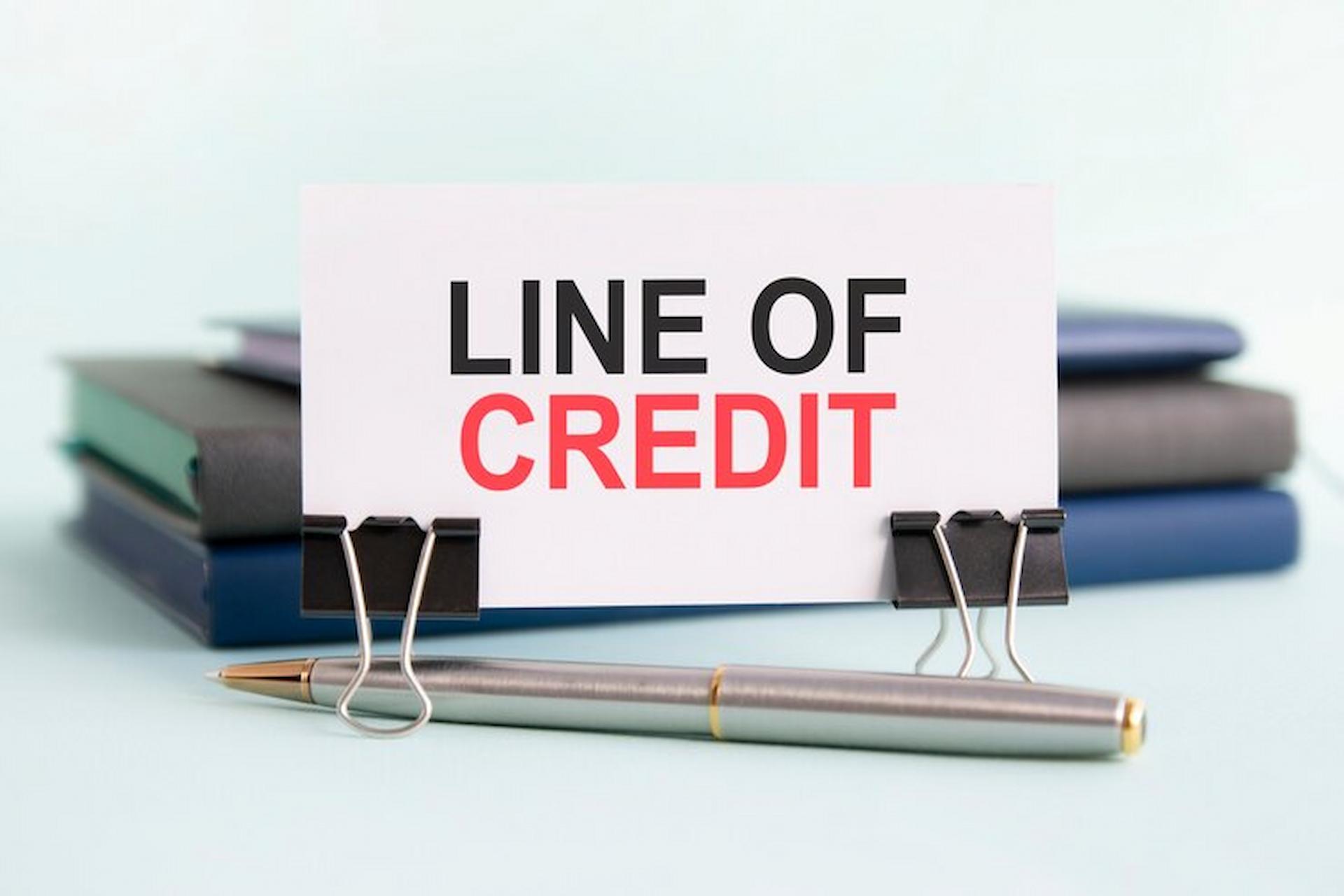A line of credit operates differently than a loan. When a borrower is authorised for a line of credit, the financial institution or bank gives them a predetermined credit limit. Borrowers can use it repeatedly, either in whole or in part. This creates a continuous credit limit, making it an adaptable borrowing tool. Some credit lines can incorporate accordion characteristics, which allow for funding. line of credit loan, unlike loans, can be used for anything. Borrowers can use it for routine purchases to special needs like trips, minor repairs, or paying off high-interest debt.
An individual’s credit line functions similarly to a credit card and, in some situations, like a bank account. Individuals can access these funds anytime they need them. They would with a credit card, as long provided the account’s balance is current and credit is available. For example, if you have got a credit line with a $10,000 maximum, you can utilise some or all of it to meet your needs. If you have a $5,000 balance, you can utilise the remainder of $5,000 at any time. Once you pay back the $5,000, you will have access to the entire $10,000 again. Credit lines typically offer higher rates of interest, lower cash amounts, and usually smaller monthly repayment amounts than loans. Payments are due monthly and consist of both interest and principal.
Different types of credit lines
The three most frequent types of lines of credit are business, personal, and home equity.
Personal line of credit
This serves as an unsecured line of credit. This credit vehicle, like a loan that is unprotected, is not secured by any security. As a result, these need the person who borrows to have a better credit rating. Personal lines of credit often have a lower limit on credit and higher rates of interest. Most banks extend this credit for borrowers indefinitely
Business line of credit
Businesses use these credit lines as needed. The financial institution or bank evaluates the company’s worth in the marketplace, profitability, and risk. A business credit line might be secured or unsecured. It depends on the amount of credit requested, and its interest rates are typically variable.
Home Equity Line of Credit (HELOC)
property equity lines of credit (HELOCs) are secured loan facilities whose primary collateral is the market value of your property. A HELOC also takes into account how much the borrower owes on their mortgage. Most HELOCs have a credit ceiling of up to 80% of a home’s current market value, minus the amount owed on your mortgage. Most HELOCs have a drawing term of up to ten years. During this period, the borrower can use, pay, and recycle the funds on an ongoing basis. Because they are secured, HELOCs often have lower interest rates than personal lines of credit.
Furthermore, line of credit interest rates tend to have a far quicker and more significant influence on credit report scores and ratings. Interest is only accrued after you make a transaction or withdraw funds from the credit line. Several credit lines also serve as checking accounts. Therefore, you can make payments and purchases with a linked debit card and even write checks on the account.
Read more: https://www.smartblogging.net/6-ways-a-business-loan-can-help-in-your-growth/




